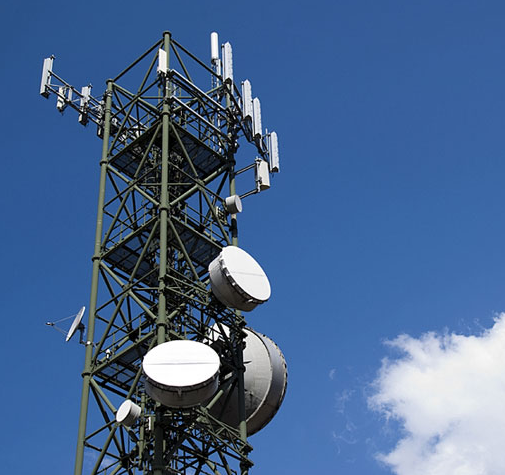Sunil Mittal, chairman of Bharti Airtel, does not miss a chance to warn about the possible increase in telecom tariffs – ahead of all spectrum auctions.
At the Mobile World Congress (MWC 2015) in Barcelona as well, he used the opportunity to warn that the telecom tariffs will go up after the spectrum auction. His intentions are clear that if Airtel spends huge money to acquire spectrum, the company will pass on the hurdles to mobile users in India. This is also an indication to the telecom ministry headed by Ravi Shankar Prasad that the govt. should not look at making profit from spectrum auction.
Catch the live action at Mobile World Congress (MWC 2015)
The NDA government is looking at mobilizing between Rs 60,000 crore and Rs 1,00,000 crore by selling 380.75 MHz of spectrum in 3 bands — 900 MHz band, 1800 MHz and 800 MHz, besides 5 Mhz in the 2100 Mhz band across 17 out of 22 telecom circles in India. The UPA government mobilized Rs 62,162 crore from the last spectrum auction in February 2014.
But the main worry of Bharti Airtel chief Sunil Mittal and Idea Cellular promoter Kumar Mangalam Birla is not about the base price of spectrum alone. The presence of billionaire Mukesh Ambani, the promoter of Reliance Jio Infocomm, a non-starter 4G operator, can spoil the party this time. Airtel needs to check Reliance Jio this time because Mukesh Ambani and team can escalate the spectrum auction price.
A Business Standard report said that last year Bharti Airtel, which bagged 1,800 MHz spectrum in six circles where its licenses come up for renewal, is safer this time to some extent. However, Bharti will be under pressure to retain some part of its 900 MHz spectrum in Andhra Pradesh and Karnataka circles, which account for 20 percent of its revenue.
The largest telecom operator is planning to use 1,800 MHz to support the expansion of its LTE 4G services. Hence, retaining 900 MHz airwaves will be crucial for Airtel in the long run. Also, Bharti could not generate enough revenue after it bagged BWA and 3G licenses in the 2010 spectrum auction.
Latest Nokia Networks MBit study indicates that India has around 85,000 4G connections. This means Airtel’s investment in BWA did not generate enough returns. Reliance Jio, the largest BWA spectrum winner in 2010, could not even kick off its 4G journey in the last five years.
In addition to Airtel, Idea Cellular, Vodafone India and Reliance Communications will be trying to retain their 900 MHz licenses.
Idea Cellular must retain 900 MHz spectrum in nine circles, which account for over 72 percent of its revenues. The Aditya Birla group company can shift customers from 900 MHz to 1,800 MHz without major disruption of business. It had acquired 1,800 MHz last year. In Gujarat and Uttar Pradesh West circles, which account for more than 15 percent of Idea Cellular’s revenues, it has inadequate or no back-up in the form of 1,800-MHz spectrum.
Vodafone needs to retain 900 MHz spectrum in circles like Maharashtra, Gujarat and Rajasthan. The Maharashtra telecom circle accounts for 9 percent of its business, while in Gujarat, Vodafone has a 9.7 percent share of its revenue. In both these two circles, Vodafone does not have the backing of 1,800 MHz.
Reliance Communications will benefit from its small investment in 1,800 MHz spectrum in the seven mobile circles that come up for renewal.
Baburajan K
[email protected]






